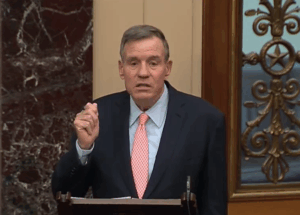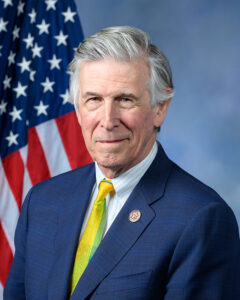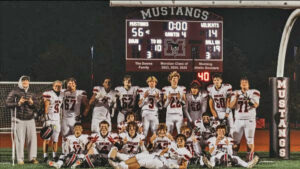
The Falls Church City Council announced at its meeting this Monday that it would delay its final decision on contentious staff-recommended modifications to the City’s transitional zoning (“t-zone”) rules to Sept. 26.
City Manager Wyatt Shields made the announcement at the outset of the Sept. 11 meeting that became yet another marathon session on the subject. He said the legal notification requirements ahead of a vote were not met last week, triggering the latest postponement.
Since the 4-2 vote by the City’s Planning Commission to recommend passage of the measure came late the Wednesday night before, there was no way that result could be included in the required legal notice to the public announcing the Council’s plans to give its final vote this week. So, that vote has been postponed to the Council’s next regular public meeting Sept. 26.
The proposed “t-zone” changes were developed and approved by the City’s planning staff as part of an effort by the City to allow more options for development in the City’s narrow transitional zones.
This Monday, following another lengthy public comment period, more acrimony among Council members surfaced at the meeting, as Councilman David Snyder levied his extensive remarks against his colleagues, calling the proposed changes “unnecessary” and portending “the most disappointing outcome in my 24 years on the Council.”
Council members Marybeth Connelly and Caroline Lian took issue, with Connelly insisting the Council’s deliberations over almost two years of considering the issue have been “very thoughtful” as compared to those “who have not been telling the truth.” Lian said it was “disheartening to hear” some accusing her colleagues of “not listening” or taking the issue seriously. “I have great respect for my colleagues,” she said. “They are incredible individuals, a wonderful set of peers.”
Connelly said that amongst the disinformation being disseminated was the idea that the changes would result in another large-scale Spectrum-like project. “We have designed this ordinance specifically to prevent that kind of outcome,” she stressed, by allowing for smaller parcels, wider sidewalks, greater setbacks and more. Those who say this will result in another Spectrum are not telling the truth.”
Monday’s meeting was another opportunity for a large number of citizens to show up and speak out against the measure, including for the first time roughly a dozen letters submitted by people associating themselves with the St. James Catholic Church in downtown Falls Church. News surfaced last week that the priest serving that parish, Fr. Paul Scalia (son of the late U.S. Supreme Court justice Antonin Scalia) had issued an appeal for his parishioners to speak out against the proposed ordinance.
This Monday’s meeting followed a 3.5 hour session before the City’s Planning Commission the week before. The Planning Commission on Sept. 6 voted 4-2 to recommend passage of the proposed new t-zone ordinance. Voting to recommend the changes were commission chair Tim Stevens, Andrea Caumont, Robert Puentes and Sharon Friedlander. Voting ‘no’ were Brent Krasner and Derek Hyra.
In early August, the Council voted 5-2 to give a preliminary OK to the measure (Tarter and Snyder voting no and Duncan, Lian, Connelly Hardi and Shantz-Hiscott voting yes). While there have been a Council work session and business meeting since, and a Planning Commission meeting since, there has been no indication that anyone on the Council has yet changed their mind. Four members of the Council attended the Planning Commission meeting.
Commenting at Monday’s meeting Council member Phil Duncan associated the hoped-for impact of a new t-zone ordinance would be a “miniature version” similar to what happened in 1947, the year before Falls Church became an official “independent city,” when the Tyler Corporation won approval for the construction of hundreds of affordable residential units the middle of what had been a farm area, designed to offer low income housing under the post-World War II GI Bill. Known as Tyler Gardens, the units were converted to condos in the early 1970s and became known by their present names of Winter Hill and Cherry Hill.
Duncan said what he hopes comes out of the new t-zone rules will be “35 or 40 700 square foot homes,” functioning as starter or lower income homes.
Council member Letty Hardi said that, in practical terms, what the new rules would allow for is the redevelopment of no more than 10 of the 68 parcels that make up the t-zone districts.













